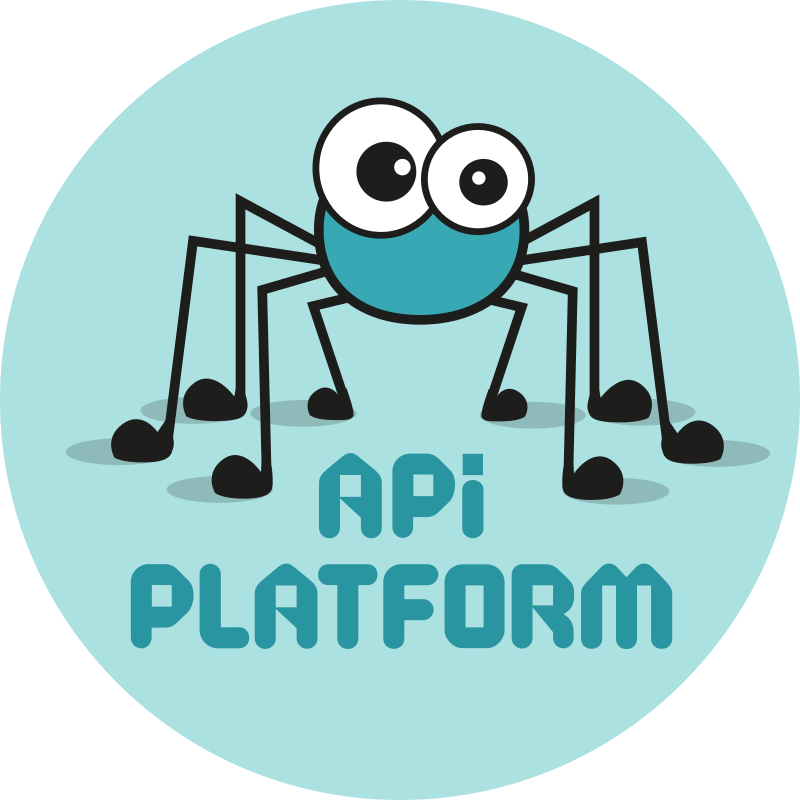- Published on
Api platform 教程6---创建User实体
原创文章,转载时需取得本人同意并注明来源
- Authors
-
-

- Name
- langziyang
-
Api platform 教程5---创建User实体
我们目前不会讨论安全性,但我们确实需要用户的概念......因为数据库中的每个宝藏都将由用户拥有......或者实际上是由龙拥有。稍后,我们将使用它来允许 API 用户查看哪些宝藏属于哪个用户以及更多。
php bin/console make:user
生成一个有密码的User实体
<?php
namespace App\Entity;
use ApiPlatform\Metadata\ApiResource;
use ApiPlatform\Metadata\Delete;
use ApiPlatform\Metadata\Get;
use ApiPlatform\Metadata\GetCollection;
use ApiPlatform\Metadata\Patch;
use ApiPlatform\Metadata\Post;
use App\Repository\UserRepository;
use Doctrine\ORM\Mapping as ORM;
use Symfony\Component\Security\Core\User\PasswordAuthenticatedUserInterface;
use Symfony\Component\Security\Core\User\UserInterface;
#[ORM\Entity(repositoryClass: UserRepository::class)]
#[ORM\UniqueConstraint(name: 'UNIQ_IDENTIFIER_EMAIL', fields: ['email'])]
#[ApiResource(
operations: [
new GetCollection(),
new Get(),
new Post(),
new Patch(),
new Delete(),
]
)]
class User implements UserInterface, PasswordAuthenticatedUserInterface
{
#[ORM\Id]
#[ORM\GeneratedValue]
#[ORM\Column]
private ?int $id = null;
#[ORM\Column(length: 180)]
private ?string $email = null;
/**
* @var list<string> The user roles
*/
#[ORM\Column]
private array $roles = [];
/**
* @var string The hashed password
*/
#[ORM\Column]
private ?string $password = null;
public function getId(): ?int
{
return $this->id;
}
public function getEmail(): ?string
{
return $this->email;
}
public function setEmail(string $email): static
{
$this->email = $email;
return $this;
}
/**
* A visual identifier that represents this user.
*
* @see UserInterface
*/
public function getUserIdentifier(): string
{
return (string) $this->email;
}
/**
* @see UserInterface
*
* @return list<string>
*/
public function getRoles(): array
{
$roles = $this->roles;
// guarantee every user at least has ROLE_USER
$roles[] = 'ROLE_USER';
return array_unique($roles);
}
/**
* @param list<string> $roles
*/
public function setRoles(array $roles): static
{
$this->roles = $roles;
return $this;
}
/**
* @see PasswordAuthenticatedUserInterface
*/
public function getPassword(): string
{
return $this->password;
}
public function setPassword(string $password): static
{
$this->password = $password;
return $this;
}
/**
* @see UserInterface
*/
public function eraseCredentials(): void
{
// If you store any temporary, sensitive data on the user, clear it here
// $this->plainPassword = null;
}
}
然后我们给DragonTreasure添加一个ManyToOne的关系字段,表示每一个宝藏都有主人
# App\Entity\DragonTreasure
#[ORM\ManyToOne]
#[ORM\JoinColumn(nullable: false)]
private ?User $user = null;
public function getUser(): ?User
{
return $this->user;
}
public function setUser(?User $user): static
{
$this->user = $user;
return $this;
}
接下来我们通过POST为user表添加几个数据,可是如果你提交后会发现:为什么密码是明文,加密过程呢?其实Api platform端点和我们 普通接口一样,类似于密码加密的要求需要我们自己写代码处理。这就涉及到State Processors和State Providers了。我们在下一节中讲解